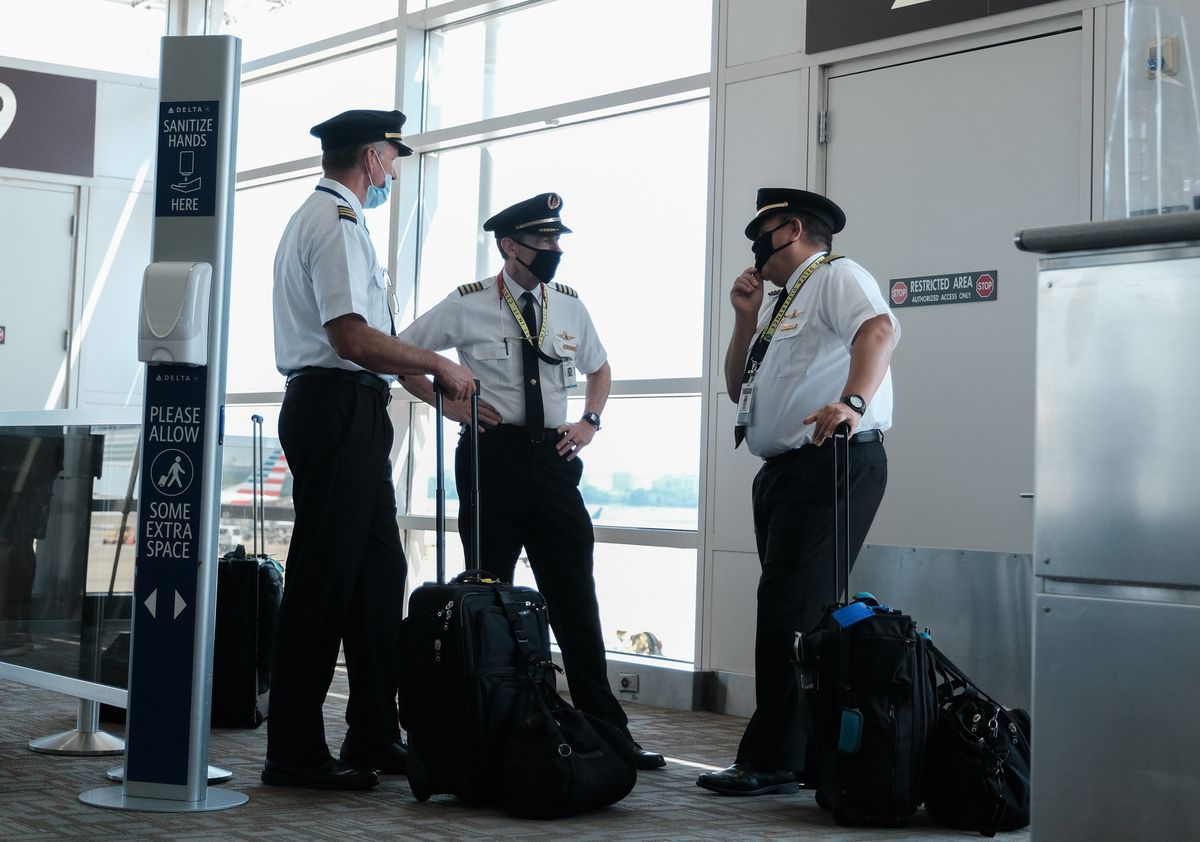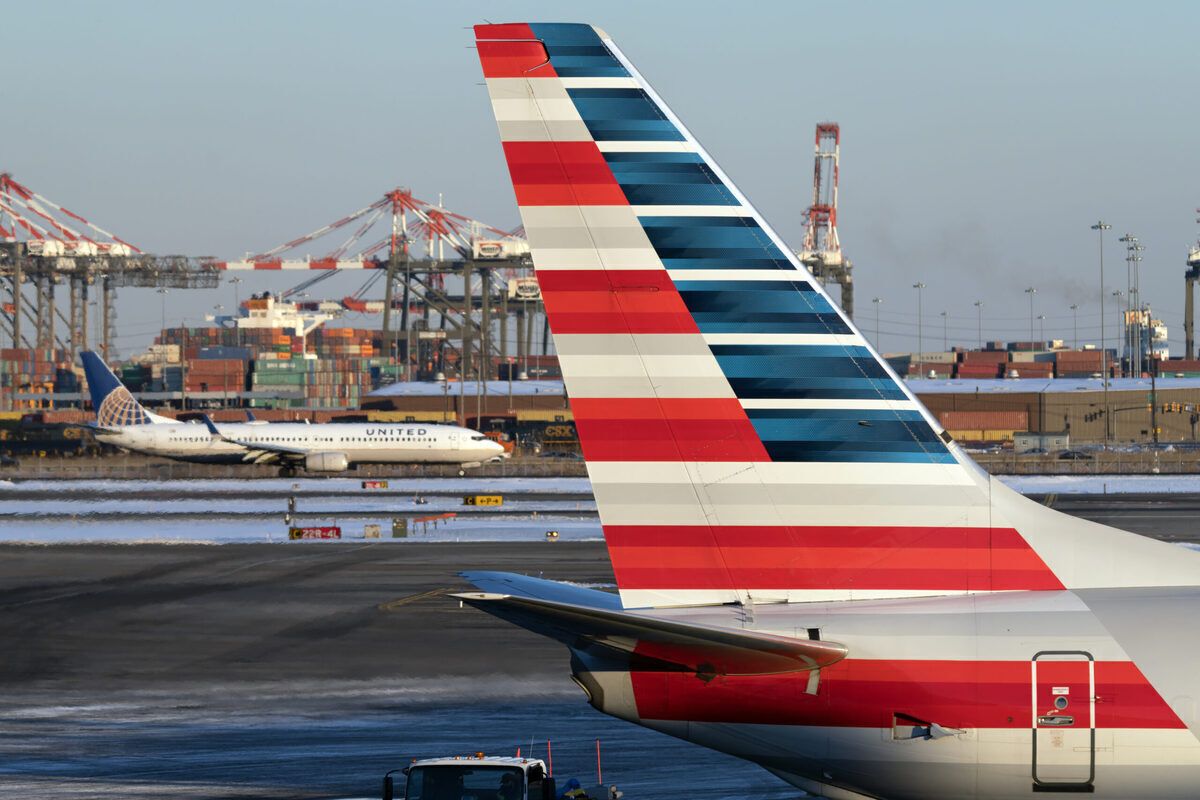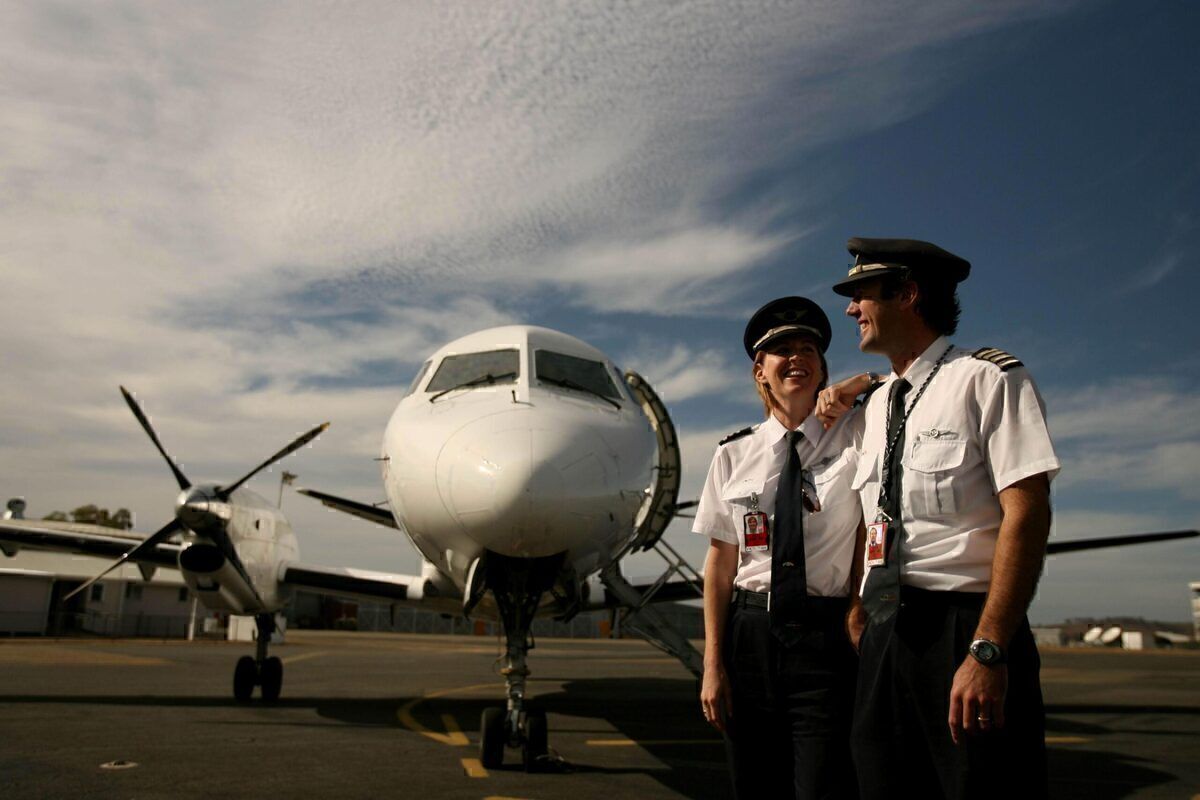After laying off and furloughing huge portions of the workforce, the airline industry is currently facing a shortage of labor- something that will slow the recovery from the COVID-19 pandemic. We’ve already seen these issues with American Airlines and its most likely that this phenomenon will continue throughout 2021.
The big challenge for the summer
Peter Cerdá, regional vice-president of the International Air Travel Association (IATA), tackled the issue during the Routes Americas event earlier this week. He said,
“The industry will face challenges in the summer, not because of weather or government restrictions, but because we don’t have enough manpower to keep up with the recovery.”
This quote comes after American Airlines had to cancel hundreds of flights last week. The company cited unprecedented weather and labor shortages from some vendors as the reason for the operational hit. Therefore, depending on the needs, the airline may have to cancel between 50 to 80 flights per day in early July, as reported by Local 10.
But it's not only the airline industry facing this shortage. In fact, the whole tourism chain is suffering the effects of fewer employees amid surging travel demand. Frontier CEO Barry Biffle recently said,
“We saw the shortages coming. This issue is real. If you haven’t planned this months and months in advance, you’re in trouble right now.”
Spirit CEO Ted Christie also said,
“We were quick to start the engine moving again, but even with that, it came with some pain. Right now, it’s a seller’s market, and the shortage is squeezing the economy.”
Pilot shortage after COVID-19
The issue is not going anywhere anytime soon. According to Oliver Wyman and United Airlines, there will be a pilot shortage after the pandemic. This was an issue before the current crisis. It seemed to go away during the last year but will come back to bite the airline industry in the near term. As the management consulting firm Oliver Wyman put it,
“Nearly overnight, with the outbreak of COVID-19, the conversation shifted from shortage to surplus. For carriers that were struggling with pilot supply, this has provided a momentary reprieve. It will not last.”
The pilot shortage will emerge in certain regions no later than 2023. By 2025, there is predicted to be a global gap of 34,000 pilots- and it could be as high as 50,000. North America, Asia-Pacific, and the Middle East will see the most extensive shortage of pilots.
Aging and early retirements
To tackle the COVID-19 crisis, many airlines used the strategy of offering early retirement. Carriers offered attractive plans to aging pilots, so they were more willing to step down. But now that (mostly) one-way decision is backfiring.
The lack of a sufficient workforce is aggravated by the fact that the general pilot population in the region is aging. Oliver Wyman predicts that North America will require over 12,000 pilots by 2023, or 13% of the total demand worldwide.
To tackle this issue, airlines have to rethink crew operations and improve productivity, thereby reducing the total pilots required and driving down costs. They should also continue to invest in training programs and pilot recruitment. Finally, Oliver Wyman notes that airlines should actively engage in improving retention by recognizing the likelihood of increased competition.
How would you tackle the current labor shortage in the US, particularly when it comes to aviation? Let us know in the comments.



